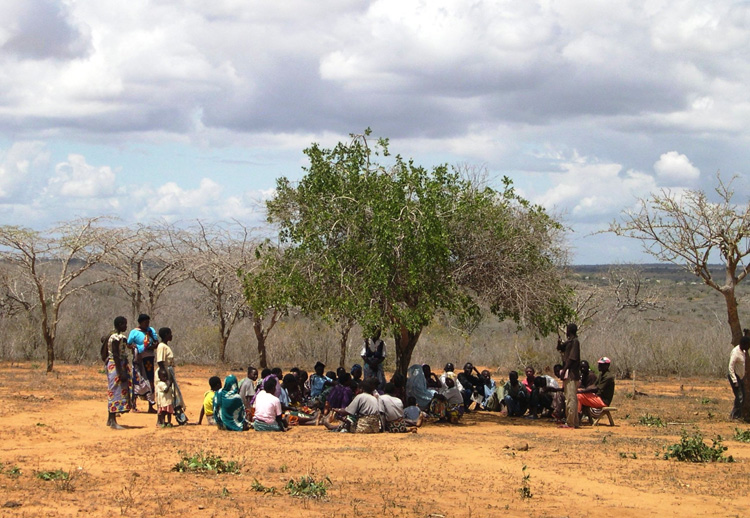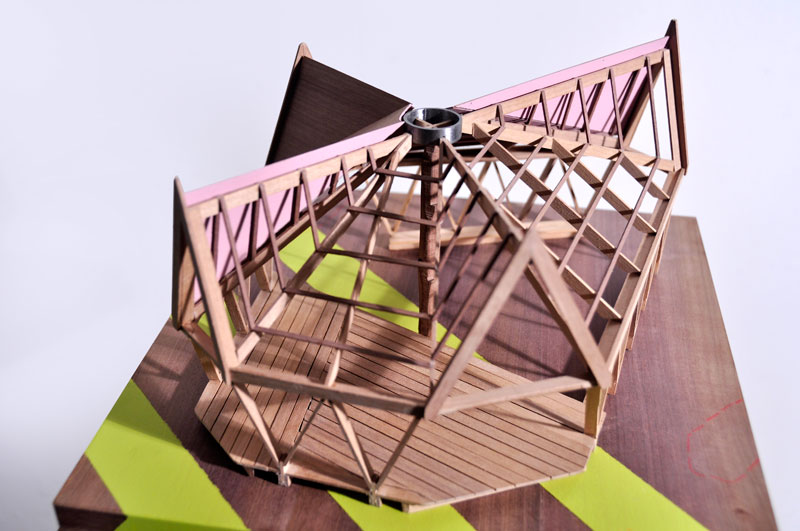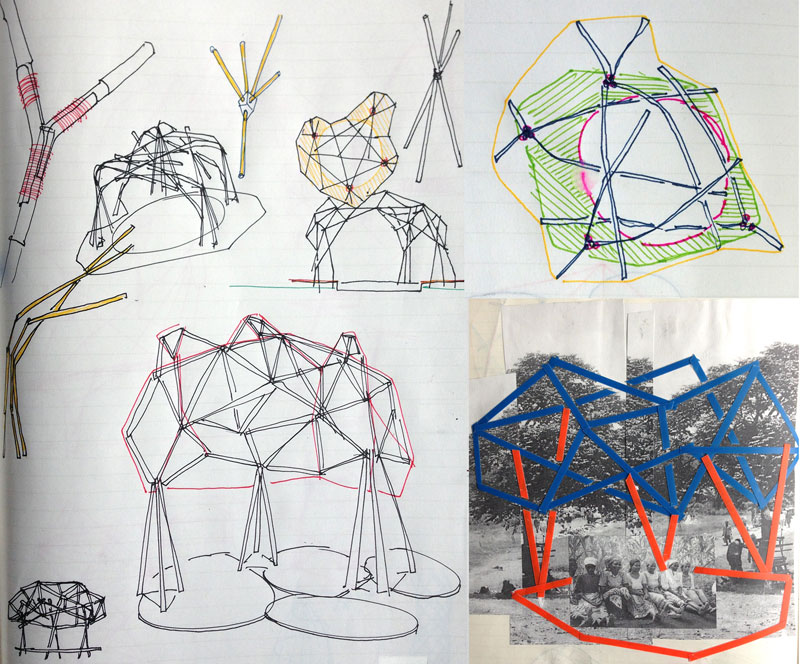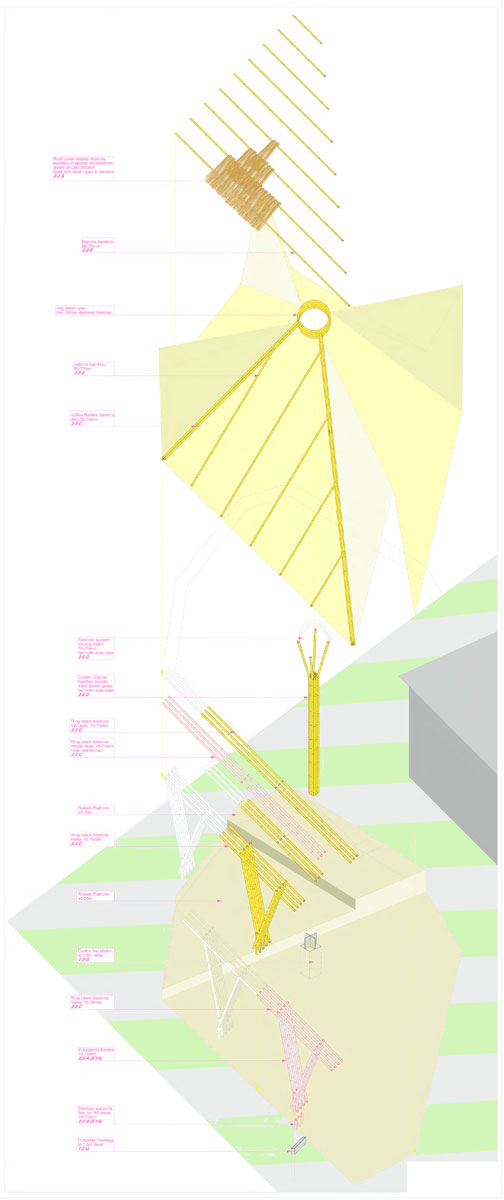#GC2022 is accepting submissions - 25d 27h 05m 44s

Picture source USAUD | Kenya
NGO's like the Green Belt Movement (GBM) in Kenya aim to provide a long lasting impact on the ground by offering not just support for a specific project but a change in the culture by working at the grassroots to promote a much needed conservation of the environment and to empower whole communities by giving them a sustainable livelihood. Since Prof. Wangari Maathai founded it in 1977 the GBM has planted over 51 million trees in Kenya. Over 30,000 women have been trained in forestry, food processing, and bee keeping and other related trades.
The trees planted stop soil erosion and allow the ground water table to stabilise. The trees provide firewood and building materials. Through education the local woman are empowered and they care about their communities. Local economies are supported and the migration of the population from the rural to the urban areas is challenged. The local environment is managed in a sustainable way and new income streams are developed. This allows communities to be independent, give them the necessary wood for construction and a source of fuel for cooking, when working on a surplus giving them the possibility to earn a basic income for buying goods.
Situated in a residential neighbourhood of Nairobi, Kenya, the Green Belt Movement (GBM) is a NGO working on several reforestation and social projects throughout Kenya. The GBM is in desperate need of a 'Learning and Meeting Space' for their headquarter, currently based in a converted three bedroom house with a large garden on Kilimani Road. The Pavilion should offer a much-needed relief for the overcrowded conditions in the current building. At the same time it should offer an inspiring backdrop for meetings, frequent visits of film teams, local and international officials, etc.

Model of the GBM Teaching- and Learning Pavilion © Bartlett School of Architecture
The main structure is based on a tree. Meetings for the GBM are usually held under trees in local communities all around Kenya. The structure is build around a central trunk providing an open sheltered space with a bench surrounding it. On one side of the pavilion a raised floor provides a facility for a formal meeting with a further raised platform with storage underneath for the necessary equipment.

Sketch for the GBM Teaching- and Learning Pavilion © Bartlett School of Architecture
Build out of locally sourced bamboo, a vastly underused building material in Kenya, all connections are made with rope lashings. The roof is covered with a local makuti roofing material.
The plan is to run a series of bamboo building workshops with the local community in summer 2013 to build the pavilion in the autumn.

Drawing showing the bamboo structure of the GBM Teaching- and Learning Pavilion © Bartlett School of Architecture
Elevation of the bamboo strucuture © Bartlett School of Architecture

Section of the bamboo strucuture © Bartlett School of Architecture

Structural elements of the pavilion © Bartlett School of Architecture
The project was developed with students of the Bartlett School of Architecture by Patrick Weber in collaboration with John Mcaslan + Partners Architects in London and Planning Systems in Nairobi, Kenya.